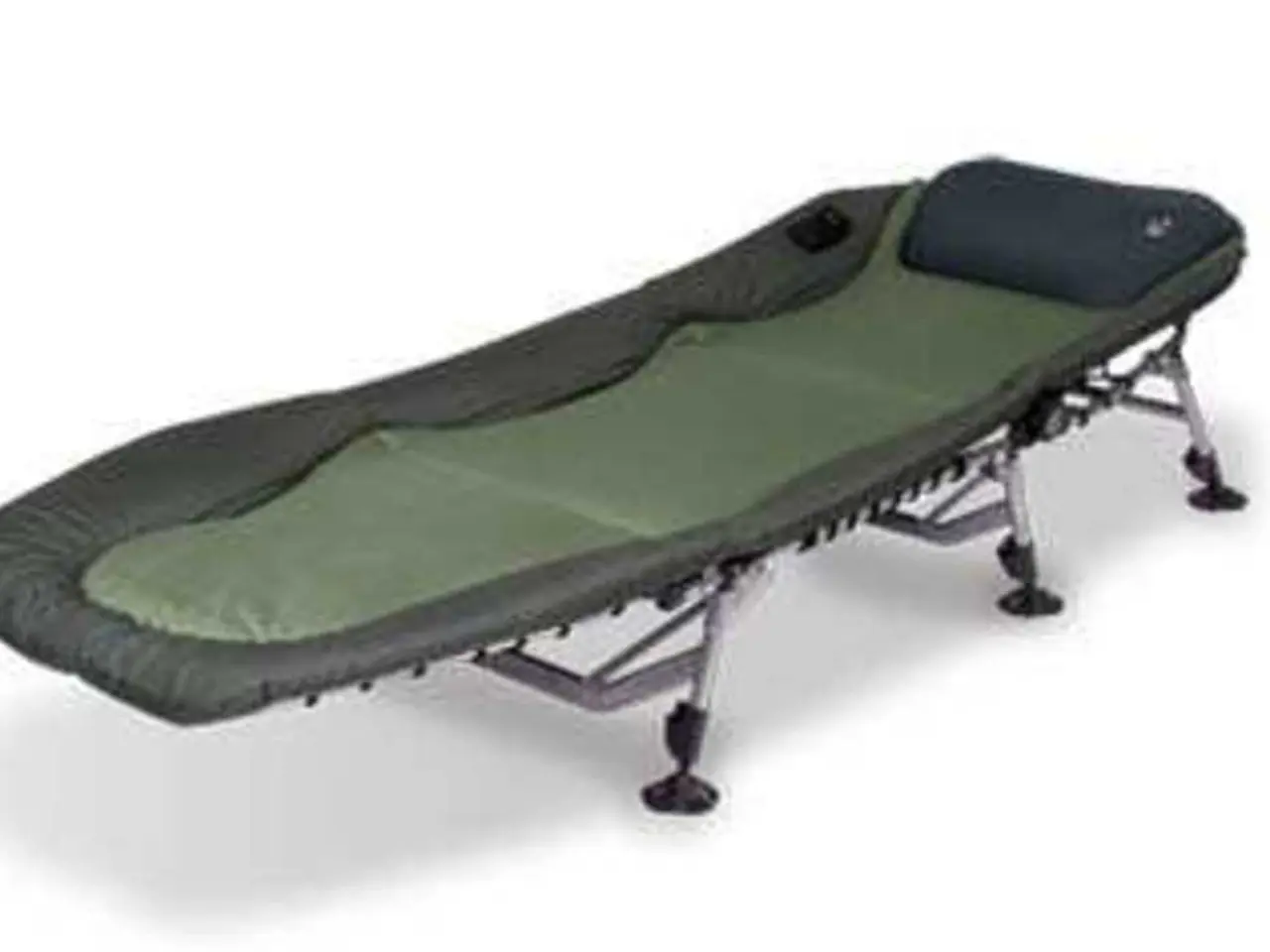A splint is a supporting device, usually made of metal, plastic, or fabric, utilized to immobilize or stabilize an injured or weakened body part, such as a bone or joint.
In the realm of injury recovery and rehabilitation, splints play a crucial role in promoting healing and providing support. Whether rigid, soft, functional, or custom-made, each type serves a unique purpose and requires specific care to ensure effectiveness and safety.
Rigid splints, typically used for fractures or post-surgery, are made from hard materials like plastic or metal. Their primary function is to immobilize joints and prevent movement, thereby promoting healing. To maintain these splints, it's essential to clean them with a mild soap and water, avoiding immersion in water to prevent damage. Proper fitting and storage are also vital, with the splints clearly labeled and protected when not in use.
Soft splints, on the other hand, provide support and flexibility, often used for minor injuries or sprains. These splints are made from flexible materials and are easy to clean with a damp cloth and mild soap. Adjusting the fit to ensure comfort is also essential, and the splint should be stored in a protective bag when not in use.
Functional splints allow for some movement while providing support, often used for rehabilitating injuries. These splints are designed to follow specific guidelines for application, usage, and removal, and it's essential to follow the instructions provided by a therapist. Regular adjustments are also necessary as progress is made.
Custom splints, such as occlusal splints used for managing TMJ and TMD, are tailored to the specific needs of the patient. These splints require precise fitting and periodic adjustments to ensure optimal comfort and effectiveness. Wrist and hand splints, often used for wrist fractures, spasticity, and post-surgical support, also require proper positioning and secure application according to therapist instructions, with regular check-ups for adjustments as healing progresses.
Across all types of splints, best practices include regular monitoring, maintaining cleanliness, and following specific guidelines for application, usage, and removal. When applying a splint, it's important to gather necessary materials, position the affected limb, apply padding, position the splint, secure the splint, and check for comfort and circulation. Applying ice packs wrapped in a cloth can help reduce swelling, and regular monitoring for increased swelling or changes in color is important to identify potential complications.
Maintaining hygiene is also crucial, with the splint cleaned according to the healthcare provider's instructions, the skin around the splint washed daily, and the splint ventilated by removing it for short periods if possible. Wearing a splint for an extended period can lead to hygiene concerns, including unpleasant odors.
Signs of complications include increased pain, numbness or tingling, changes in skin color, unusual swelling, foul odor or discharge, and skin irritation. Post-removal care includes keeping the area clean, moisturizing the skin, and monitoring for changes.
In conclusion, proper care for splints includes keeping them clean, monitoring for discomfort, following the doctor's advice, using ice and elevation, and maintaining proper hygiene. Common frequently asked questions about splint care include best practices for cleaning, checking for wear and tear, whether to wear a splint while sleeping, what to do if a splint feels too tight, how long to wear a splint each day, how to ensure a splint is providing adequate support, what to do if experiencing increased pain, whether a splint can be customized for comfort, and where to find more information on splint care. With these guidelines, splints can effectively serve their purpose in healing, rehabilitation, and management of various conditions while minimizing risks of misuse or damage.
In the context of health and wellness, CBD oil could potentially provide pain relief and aid in healing for medical-conditions such as inflammation or muscle soreness. It's essential to consult with a healthcare provider for accurate information on appropriate usage and potential interactions with other medical-conditions or medications.
Regarding health-and-wellness, science increasingly supports the use of splinting and supportive devices like CBD oil for managing pain and promoting recovery from various medical-conditions, providing a valuable resource for patients seeking optimize their health.




